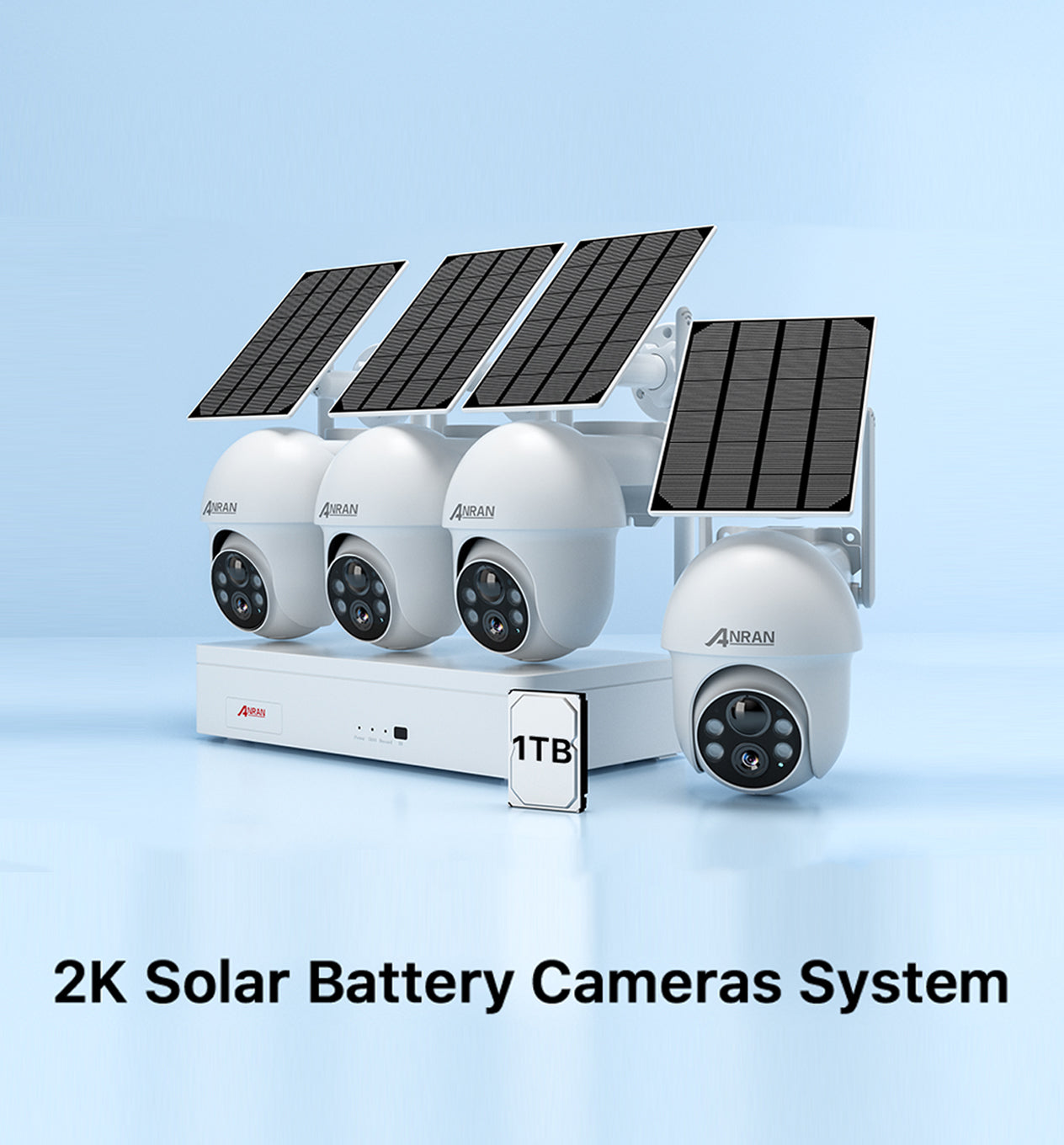Unlock the Secrets: How SAR Technology is Revolutionizing CCTV Surveillance!
In today's world, ensuring safety and security is paramount, and CCTV surveillance systems have become a cornerstone in achieving this goal. With the integration of advanced technologies, surveillance has evolved drastically, providing sharper images and enhanced monitoring capabilities. One such innovation making waves in the field is Synthetic Aperture Radar (SAR) technology. While traditionally associated with satellite imaging and military applications, SAR is now finding its place in modern CCTV systems, improving the way we capture and analyze crucial data. This article delves into the fascinating intersection of CCTV and SAR, exploring how this synergy is reshaping the landscape of security measures.

Understanding CCTV Technology
CCTV systems, short for Closed-Circuit Television, are designed to transmit video signals from cameras to a specific set of monitors, providing real-time surveillance and recording capabilities. These systems come in various forms, including dome cameras, bullet cameras, and PTZ (pan-tilt-zoom) cameras, each serving unique purposes in different environments. The recording methods can vary as well, from analog tapes to digital video recorders (DVRs) and cloud-based storage solutions. Over the years, CCTV technology has evolved significantly, transitioning from grainy black-and-white footage to high-definition video with advanced features like night vision and motion detection. The role of surveillance in security has expanded beyond mere observation, evolving into a proactive approach that helps prevent crime and ensure safety in urban and rural settings alike.
What is SAR Technology?
SAR, or Synthetic Aperture Radar, is a form of radar technology that uses the motion of the radar antenna to synthesize a large aperture, or a large effective antenna size, which results in high-resolution images of the surface being scanned. Unlike traditional optical systems, SAR can operate effectively in various weather conditions and during both day and night, making it a versatile tool for surveillance. While SAR is primarily known for applications in geospatial intelligence and reconnaissance, its significance for CCTV lies in its ability to provide detailed imagery and data analysis. In essence, SAR technology enhances the capability of surveillance systems by offering a new dimension of data that can be seamlessly integrated into existing infrastructures.
Benefits of Integrating SAR with CCTV
The integration of SAR technology into CCTV systems brings a multitude of benefits that can significantly enhance security operations. One of the primary advantages is improved image quality; SAR can deliver high-resolution images that are crucial for identifying objects and individuals. This capability allows for better object detection and tracking, which is vital in urban monitoring and large-scale events. Furthermore, SAR's ability to penetrate through obscurants like fog and smoke means that surveillance systems can maintain functionality in adverse conditions, an aspect that traditional cameras often struggle with. Additionally, SAR technology enhances data analysis capabilities, allowing for the aggregation and interpretation of vast amounts of information in real-time. This can lead to more informed decision-making and quicker response times during security incidents.
Case Studies and Real-World Applications
The successful integration of SAR technology into surveillance systems can be seen in various real-world applications. For instance, urban security has greatly benefited from SAR-enhanced CCTV systems, allowing city planners to monitor activities in densely populated areas with greater accuracy. In traffic monitoring, SAR can track vehicle movements and analyze traffic patterns, thus optimizing flow and reducing congestion. Moreover, critical infrastructure protection, such as monitoring power plants and transportation hubs, has seen improvements in security measures through the deployment of SAR-integrated surveillance. These case studies highlight the practical applications of SAR in enhancing the efficacy of CCTV systems, ultimately contributing to safer environments.
Future of CCTV Surveillance with SAR Innovation
In conclusion, the integration of SAR technology into CCTV surveillance systems represents a significant advancement in the field of security. From improved image quality and object detection to enhanced data analysis capabilities, the benefits are clear. As technology continues to evolve, the potential for combining SAR with traditional CCTV systems will only grow, paving the way for more sophisticated and effective security measures. The future of surveillance is bright, and with innovations like SAR, we can look forward to a safer world where technology plays a crucial role in protecting our communities.



